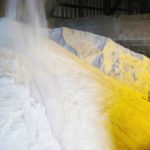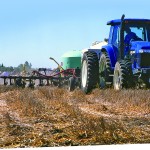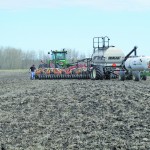Increased grain and potash traffic and revenue helped Canadian Pacific Railway book a shift to “positive volumes” in its first-quarter ledger. Calgary-based CP on Wednesday reported net income of $431 million on revenues of $1.603 billion for its quarter ending March 31, down from $540 million on $1.591 billion in the year-earlier period. “We turned













